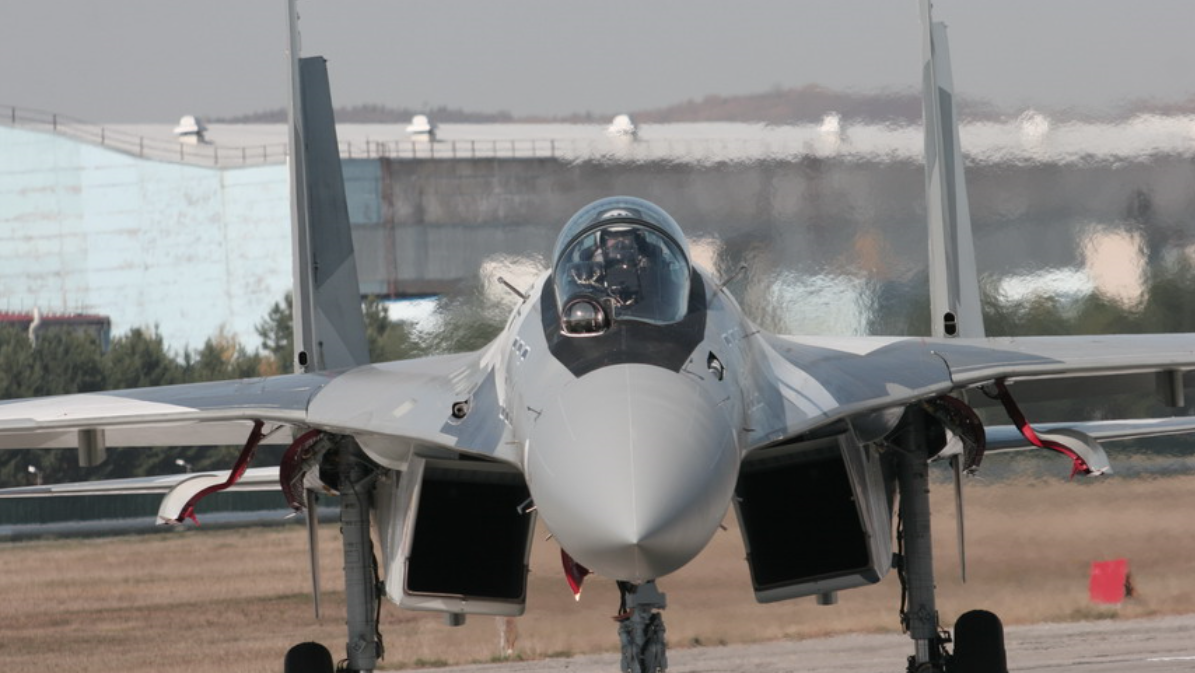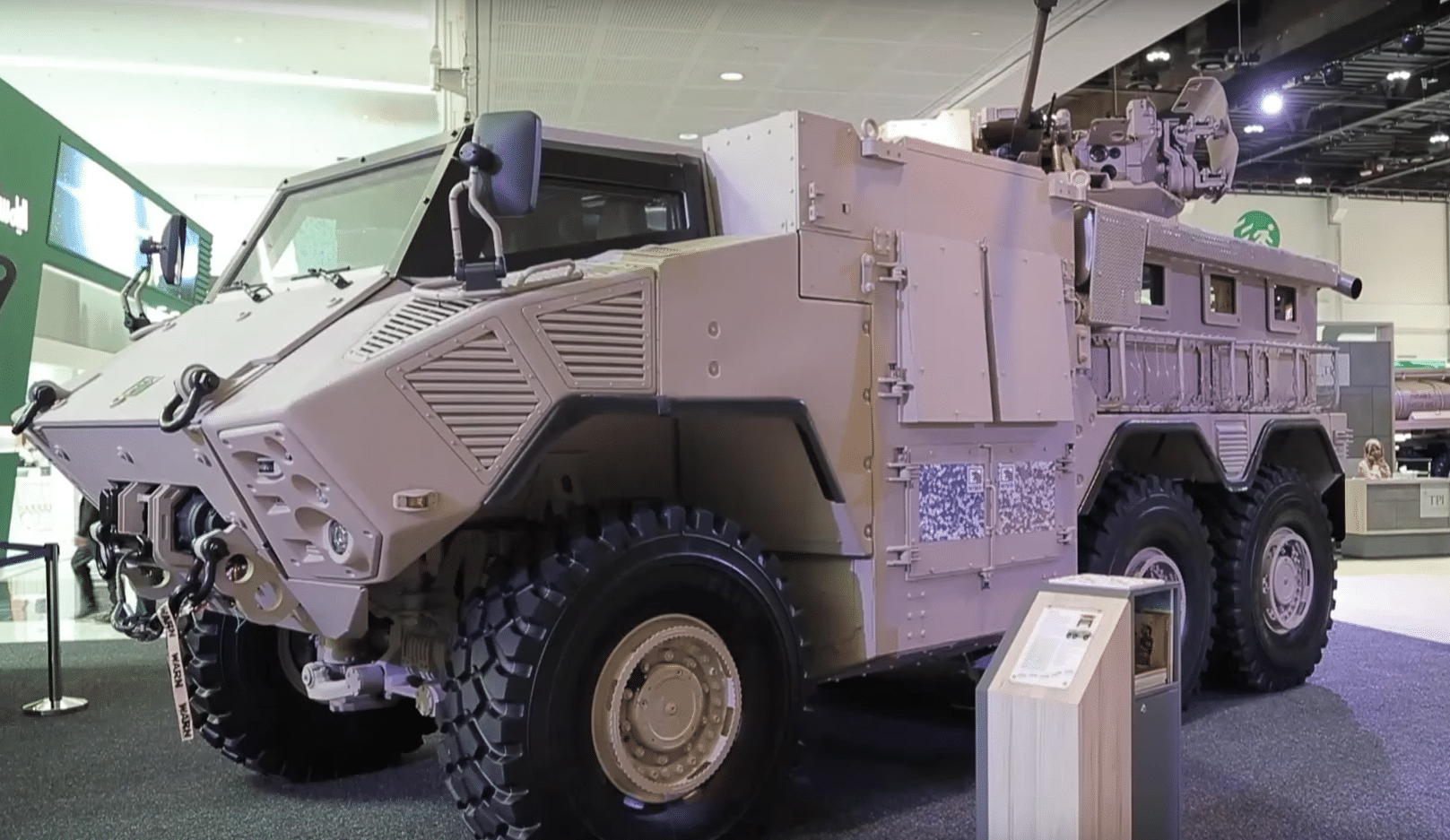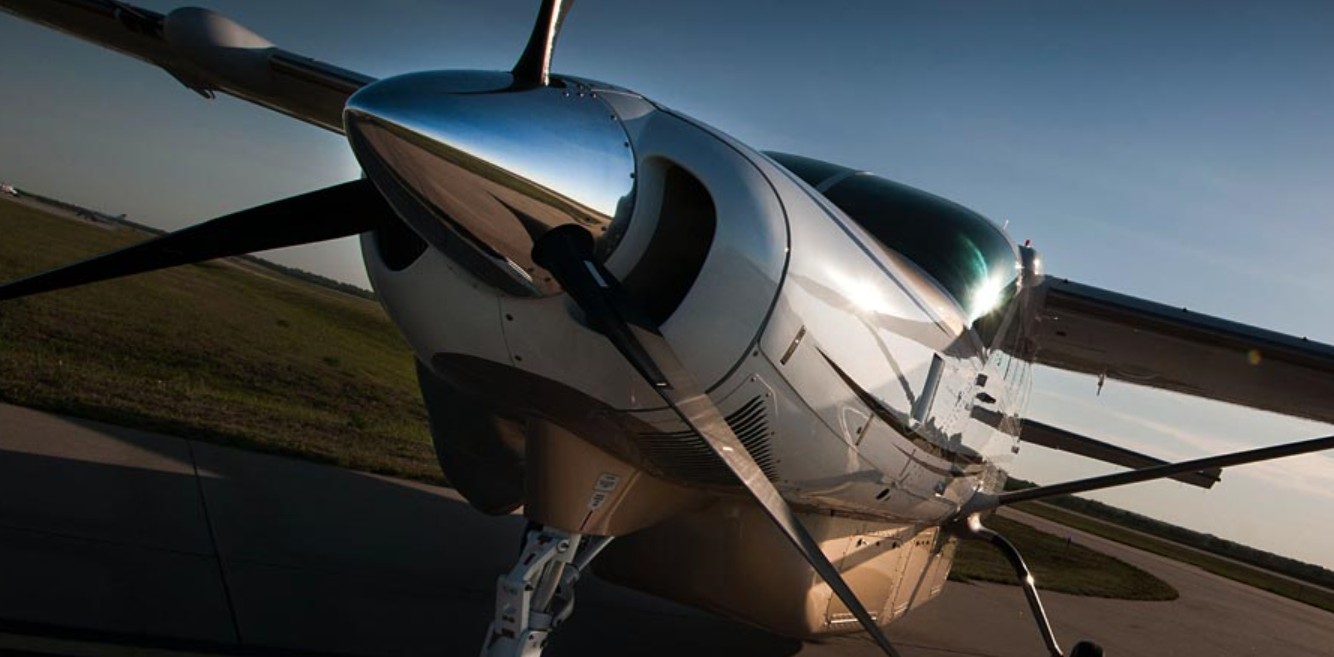2396Views 4Comments

China could begin receiving Su-35 fighters before end of this year
TASS Russian News Agency reports that the People’s Liberation Army Air Force (PLAAF) will begin receiving its Sukhoi Su-35 Flanker-E multi-role fighters from the United Aircraft Corporation (UAC) by 25 December.
An official familiar with the contract told TASS that deliveries to the PLAAF were to begin in 2017, but the process was accelerated to ensure that the first batch is delivered earlier before the end of 2016.
Beijing agreed to purchase 24 Su-35s in a $2 billion U.S. deal in November 2015.
Under the contract, UAC is to provide the PLAAF with the Flanker-E’s requisite logistics and maintenance package (e.g. spare engines).
Manufactured by UAC, the Su-35 Flanker-E is the latest version of the Su-27 Flanker. The Flanker-E retains the family’s long-range (3,600 km) and heavy payload (8,000 kg) attributes, but it boasts an improved airframe as well as new internal subsystems and turbofan engines.
China is the Su-35 Flanker-E’s first export customer. The Indonesian government says it is negotiating for eight Su-35s. The Flanker-E has also reportedly drawn interest from Algeria, Egypt and Pakistan.
Notes & Comments:
There is a lack of clarity surrounding China’s apparent Su-35 purchase. It was believed that Beijing and Moscow had signed the contract for the 24 aircraft in November 2015. In fact, the CEO of Rostec, which represents UAC, even stated at the time that the two “have signed a contract.”
However, in November of this year, the National Interest quoted the chairman of PIR Center’s (a Russian think-tank) executive board – Lt. General (retired) Evgeny Buzhinsky, saying: “We are in the process of very tough and very difficult negotiations on these issues.”
It is not clear exactly where the binding sales contract stands (if it has not been signed) considering these recent reports. Buzhinsky emphasized that Moscow worked to ensure that safeguards were in place to protect sensitive intellectual property in the Su-35 and Su-400 long-range surface-to-air missile system. As per Buzhinsky, Beijing agreed to comply with those safeguards.



4 Comments
by Donny G
What are the odds of Pakistan getting its hands on a Flanker?
by Farooq Hussain Toor
Well Budd I would say in 2020 we could because till then Pakistan I’ll be having fc-31 so it won’t matter to india we got or didn’t got su-35
by Steve
International alliances, partnerships and relations are fluid especially these days, and are shifting. No country can claim it is too big or important to risk being irking. America, Russia and China regularly get irked, by even small countries. By that logic large countries would get everything they want and that’s patently not true. Pakistan should play its cards right and keep trying to get Su-35. We need maximum 3 maritime squadrons anyway so it is not a big deal. There is no logical reason for India to object, except out of sheer vindictiveness, and they end up looking silly making this a zero sum game. We not going to send in militants in Su-35’s which is their pet refrain! India would not want to interfere too much with Russia as well. They don’t want to downgrade relations and risk the billions in weapons and parts they badly need and can’t get elsewhere. Interesting to see that India is worried about this and it is reflected in Indians comments here, so anything is possible.
by Steve
Even with FC31 it will be difficult to beat the range and payload of Su-35 especially as we will need them to protect Gwader and Karachi. If we get 3 squadrons of these planes carrying CMK 400 AKG with IFR, supported by Orions, there is a huge swath of the Arabian Sea/Indian Ocean that Indian navy will think twice before entering. With AIP subs lurking below the waves as well, it’s a cost effective way of area denial. We need satellite support too maybe from the Chinese or our own eventually. No more blockade threats…